- News
- Reviews
- Bikes
- Accessories
- Accessories - misc
- Computer mounts
- Bags
- Bar ends
- Bike bags & cases
- Bottle cages
- Bottles
- Cameras
- Car racks
- Child seats
- Computers
- Glasses
- GPS units
- Helmets
- Lights - front
- Lights - rear
- Lights - sets
- Locks
- Mirrors
- Mudguards
- Racks
- Pumps & CO2 inflators
- Puncture kits
- Reflectives
- Smart watches
- Stands and racks
- Trailers
- Clothing
- Components
- Bar tape & grips
- Bottom brackets
- Brake & gear cables
- Brake & STI levers
- Brake pads & spares
- Brakes
- Cassettes & freewheels
- Chains
- Chainsets & chainrings
- Derailleurs - front
- Derailleurs - rear
- Forks
- Gear levers & shifters
- Groupsets
- Handlebars & extensions
- Headsets
- Hubs
- Inner tubes
- Pedals
- Quick releases & skewers
- Saddles
- Seatposts
- Stems
- Wheels
- Tyres
- Health, fitness and nutrition
- Tools and workshop
- Miscellaneous
- Buyers Guides
- Features
- Forum
- Recommends
- Podcast
review
£2,299.00
VERDICT:
A top quality training tool for indoor enthusiasts
Incredibly smooth and quiet
Great resistance unit Accurate
Accurate
Very well built
Incredibly adjustable
Electronic gearing is excellent
Fans are weak and a bit fragile
Gear selection buttons are fiddly and not assignable
Some thigh rub on seatpost
Weight:
50,000g
Contact:
At road.cc every product is thoroughly tested for as long as it takes to get a proper insight into how well it works. Our reviewers are experienced cyclists that we trust to be objective. While we strive to ensure that opinions expressed are backed up by facts, reviews are by their nature an informed opinion, not a definitive verdict. We don't intentionally try to break anything (except locks) but we do try to look for weak points in any design. The overall score is not just an average of the other scores: it reflects both a product's function and value – with value determined by how a product compares with items of similar spec, quality, and price.
What the road.cc scores meanGood scores are more common than bad, because fortunately good products are more common than bad.
- Exceptional
- Excellent
- Very Good
- Good
- Quite good
- Average
- Not so good
- Poor
- Bad
- Appalling
It's a lot of money, but the Tacx Neo Bike Smart is a lot of trainer. A gym-quality build coupled with what's probably the best resistance unit out there at the moment means that this is a pretty special bit of kit. It's not without its niggles, but if you have room for a permanent training station – and especially if more than one person wants to train – it's certainly one for the short list. Or at least the wish list.
The Neo Bike comes in a number of bits, all in a fantastically heavy 50kg+ box that you'll do yourself an injury trying to move on your own with your weedy cyclist's arms, so enlist a friend. It's actually fairly simple to assemble, though: bolt the legs on, add the quick releases, saddle, bars and fans and you're good to go. The first time I assembled it it took me about 20 minutes, the second time about half that. It's not hard, but it is ridiculously heavy, so a spare set of hands is very useful, especially when you're balancing it upside down to fit the legs.
> Find your nearest dealer here
Once assembled it has casters on the rear legs to help with moving it around, but it's still a cumbersome thing, so build it where you want it to stay, if there's room. And you need room: this isn't a thing you're going to want to drag out of a cupboard every time you want to train.
The Neo Bike can be plugged into the mains using a generously long power lead, but will also run independent of mains power, using the resistance unit to generate its operating power. Used like that it'll do everything except powered freewheeling on downhills. It lived in my spare room for testing, which isn't a particularly photogenic space, hence the stock shots of the bike in this review!
The Neo Bike is adjustable through a huge range of sizes. It uses box-section beams and proper gym-standard large-threaded quick release handles, and everything has a numbered scale on so you can note down your settings. That's really handy if more than one person uses the bike, or you have road and time trial setups you need to replicate. The bike comes with a standard 42cm handlebar that you could swap out if you wanted something specific. If you need an aero setup then you might find that the out-front tray and the fans interfere with that, but any standard bars should work fine. Anyway, getting a position that replicates your outdoor bike is easy enough, but the Neo bike also gives you the opportunity to play with your fit: what happens if you drop your saddle 5mm, or move your bar out to mimic a longer stem? The cranks have replaceable inserts for 170mm, 172.5mm and 175mm cranks as well if you want to experiment there.
Once you're set up it should feel just like your road bike. The pedals have a Q factor of 147mm which is similar to a lot of road cranks. The only issue I had was that my thighs rubbed a bit on the top of the seatpost. It's a long way from being a deal breaker, but it could be addressed.
Hop on the Neo Bike and start pedalling and the first thing you'll notice is how extraordinarily quiet it is. Modern direct drive trainers don't make much noise at all, and the Tacx Neo 2, with which the Neo bike shares its resistance unit, is one of the quietest. But your bike makes plenty of noise with its chain and derailleur gears rattling away: that's mostly what you hear when you're training. The Neo bike has an enclosed singlespeed transmission that is basically silent, so all you get is a sort of space-ace whoosh from the bike. It's a pretty cool sound.
At the front of the bike there's a dedicated screen, two fans, a mount for your iPad, a tray for your mobile phone and two USB ports so you can charge your devices as you ride. The two fans which attach to the front of the Neo Bike can be adjusted using the Tacx Utility app. The default setting is Medium, which is a bit weedy, but even High isn't really all that. They're okay for dawdling around but if you're doing any hard work you'll need something a bit beefier if you don't want to be dripping into the phone tray.
A bit like the KICKR Headwind fan, you can set the fans to increase their speed with your heart rate or power (or speed, if you're insane) but once you've turned your gym fan on you're really not going to notice the difference. The fans also feel a bit fragile: they're the only bit of the bike that does. They stick out and it feels like they could get knocked and damaged pretty easily. Tacx supplies a separate cover in the box for the front of the bike if you don't want to use the fans.
The screen at the front of the Neo Bike gives you a graphical display of the available gears, and also tells you what specific ratio you're in. If you're not connected to an app it'll also give you a power readout, speed and gradient.
Gearing is virtual: you click the buttons, the resistance changes as if you're changing gear. And the take-home here is that it really is like changing gear. Unlike the Wattbike Atom, which has a slower resistance change that's mechanically driven and not very realistic, the Neo Bike is hugely impressive. It even gives a little 'clunk' as you're dropping to a smaller sprocket, like you'd feel on a real bike.
It's not surprising that the bike can do this, because the Neo resistance unit is enormously capable, able to replicate different road surfaces by changing the resistance at the wheel hundreds of times a second. Unlike the Wattbike there's nothing mechanical happening, it's all electronically controlled, and it's very clever. Sometimes the pedal action can get a bit choppy if you're pedalling fast with a low resistance, but for the most part the experience is incredibly realistic. In Zwift the changes in resistance when the road ramps up are near-instant, and you can make a near-instant change to your gearing to deal with ramps and climbs.
Using the Tacx Utility app you can connect to the Neo Bike and set up the gears however you want them. You can have up to three chainrings between 22 and 53 teeth, and up to 12 sprockets between 11 and 40 teeth, so you can replicate almost all road and gravel setups. There's no physical reason why the virtual sprockets couldn't go bigger if you wanted to set the Neo Bike up like your SRAM Eagle-equipped mountain bike, so maybe Tacx will address that in firmware updates down the line.
So the gearing emulation is very good. What's not quite so good is the actual physical process of changing gear. The two buttons on the brake levers aren't distinct enough, and it's quite an accurate and firm press that's required to move between the ratios. They're certainly usable, and you get used to them, but here there's room for improvement.
Currently you can't reassign the buttons in the Tacx Utility app, so you're stuck with the default button layout which mimics Shimano's Di2 system: you can't make the buttons work like SRAM eTap, for example.
There are two buttons on the inside of the levers which change the virtual gradient of the bike if you're riding it unconnected; it's a shame they can't be reassigned to do something more useful, as very few people who are going to drop over two grand on an indoor trainer won't be hooking it up to some kind of training software. You're probably going to need them for steering on Zwift in the comparatively near future...
Power: believable and repeatable
If you're forking out over two grand for a smart bike you'd want it to be spitting out meaningful, reliable and accurate data, especially since there's no calibration available. And I've found the Neo resistance unit, used in the direct drive trainers and now in this bike, to be very good indeed every time I've used it in the past. Let's have a look at some graphs from this bike, comparing the bike with the output from my Garmin Vector 2 pedals.
Firstly, the power trace looks like both lines track each other accurately, with only one obvious weird bit towards the end of the session, which we'll come to.
For the most part, the Vector 2 power readings were slightly above the Neo Bike. I would expect this: partly because there's a loss associated with transmitting the power from the pedals to the rear wheel – although that's minimal in this enclosed singlespeed setup – and partly because I've found the Neo resistance unit to read slightly under the Garmin pedals in every other test I've done between the two.
The exception is sprinting: here, the Neo Bike reads higher than the pedals, topping out 6% higher in the big sprint and being more often on top than underneath in the other sprint sets at a lower intensity.
The upshot of this is that the mean max graph shows the Neo Bike on top at shorter durations and underneath at lower intensities, with the tipping point at about 320W for this session.
Is one power meter right and one wrong? It's really difficult to say for certain, and either line is believable here for me. Whether I hit 1,200W or 1,150W at the peak of the sprint isn't that important so long as the number is the same the next time for the same effort, and I've found that the Neo's resistance unit, which is directly driven by the rear sprocket with no belt or gearing in between, is one of the most reliable and repeatable there is.
The one bit where there's a major discrepancy is near the end, where I was deliberately switching quickly between the big and small virtual chainrings to see if I could confuse the bike. Given the shape of the graph, and what I was doing at the time – trying to increase the effort each time I changed back up – It seems that the Neo trace is a better approximation of that. It's worth pointing out that I was deliberately riding in an odd way to see if I could get any funny readings; in normal use there's really nothing to choose between them.
The Neo Bike uses passive sensing for cadence and it's very accurate. Where smart trainers that work algorithmically struggle with coming down off a sprint, for example, the Neo Bike had no trouble at all.
Again, the pedals and the bike don't agree on cadence in the bit where I was constantly switching up and down. There's one point where the Vector 2 pedals seem to have had a bit of a misfire, but other than that the differences in cadence they show between a 36-tooth ring and a 53-tooth ring are more believable than the Neo Bike, which doesn't register much of a change. The passive system relies on the crank passing the sensor so it's a once-a-revolution thing whereas the pedals are measuring the pedal angle change the whole time.
Overall: a top-quality training tool
There's no doubt that the Tacx Neo Bike Smart is a high-quality piece of equipment. It offers simple and effective adjustability, great ride feel and impressive accuracy. If you're sufficiently dedicated to indoor training to put aside space specifically for it, then the Neo Bike is a great way to fill that space. It'll be especially tempting if there's more than one person in your family that wants to train, or you want to replicate more than one bike setup.
> Buyer's Guide: 13 of the best smart home trainers
The Neo resistance unit is the ideal base to build a bike like this around. It boasts very fast control over the resistance at the wheel which allows the Neo Bike to reproduce any gearing system with impressive feel at the pedals. The virtual gearing system is really impressive, although it's let down a bit by the shifting hardware which is a bit short on feel, and not configurable. The included fans are a bit weedy and superfluous, but those two issues – and a bit of thigh rub on the seatpost – are my only gripes. Well, and the price. It ain't cheap. But it's a significantly more impressive piece of equipment than the Wattbike Atom, which is a lot cheaper. The Wahoo KICKR bike I've yet to test, but that's going to be significantly more expensive than the Neo Bike. And the SRM bike costs more than twice as much. So it's hardly at the very sharp end of the market. If you're fully committed to indoor training, you may well think that the outlay is worth it, and you certainly won't be disappointed with the performance.
Verdict
A top quality training tool for indoor enthusiasts
road.cc test report
Make and model: Tacx Neo Bike Smart
Size tested: One size
Tell us what the product is for and who it's aimed at. What do the manufacturers say about it? How does that compare to your own feelings about it?
Tacx says:
"This Revolutionary Smart bike trainer is designed to create an unprecedented, one of a kind and immersive experience. It is equipped with vivacious features like Virtual shifting, Gear Feel and descent simulation. It is without question the most innovative smart bike offering the most realistic cycling experience possible. Compatible with most popular applications like Tacx, TrainerRoad and Zwift.
Simulating your outdoor ride indoors is what this Smart bike trainer is designed for. With Dynamic Inertia, Road feel and Gear feel the Tacx NEO Bike brings you the most realistic and smooth cycling feeling possible.
The combination of NEO Smart technology and the internal design of the NEO Bike resulted in the most silent indoor bike trainer available.
Unmatched power. The NEO Bike is able to resist sprints up to 2200 watts and simulate climbs up to a 25% incline. Making sure this trainer is able to deliver during the most intense training sessions.
The Tacx NEO Bike measures your power with incredible precision, making sure you that your data is accurate and reliable. This Smart trainer is the only trainer that doesn't require a calibration process. It measures your power with a maximum deviation of 1%.
Dynamic inertia is developed to control the mass inertia (ride feel) as realistic as possible. In contrast to the mass inertia of a flywheel, Dynamic inertia compensates for weight, speed and angle of inclination. This ensures the most realistic and smooth ride feel."
Tell us some more about the technical aspects of the product?
From Tacx:
FEATURES & SPECIFICATIONS
FEATURES
Type of trainer Smart bike with direct drive and motor brake
Magnets 32 Neodymium magnets
Transmission None
Electrical requirements 110-240 Volt , Mains power optional
Power indicator Multicolour LED , Spot on floor
Connection indicator (ANT/BT) 2 LEDs
Firmware upgradable Yes
Gear ratio Chainring set-up: up to 3 sprockets, teeth per sprocket adjustable between 22 and 53 , Rear cassette: up to 12 sprockets, teeth per sprocket adjustable between 11 and 40
Q-factor 147 mm
Supplied with Fans , Tablet mount , Saddle , Handlebars , 2 USB chargers (front) , Sweat cover , Ciro bottle cage , Bottle , Tacx towel , 1 month Tacx Premium software , Pedals and tablet not included
SPECIFICATIONS
Max. power (40 km/h) 2200 Watt
Max. incline 25%
Simulation of descent Yes
Max. torque 85 Nm
Max. brake force 250 N
Flywheel Virtual
Mass inertia Variable to 125kg (275.6lbs)
Calibration No calibration required
Footprint (lxw) 1390 x 750 mm (54.7 x 29.5 in)
Height 1170 mm (46,1 in)
Dimensions when folded Not foldable
Weight 50 kg (110 lbs)
Article number T8000
DATA OUTPUT AND CONTROL
Wireless communication ANT+ FE-C , Bluetooth Smart open
Control by ANT+FE-C bike computers , Connect to computer via ANT+antenna , Smartphone , Stand alone , Tablet
Output Cadence , Power , Speed
Read out on Bike computer , Computer with ANT+ antenna , Smartphone , Sports watch , Tablet
Accuracy <1%
Rate the product for quality of construction:
10/10
Rate the product for performance:
9/10
Rate the product for durability:
9/10
Rate the product for weight (if applicable)
9/10
Rate the product for comfort (if applicable)
8/10
Rate the product for value:
6/10
Over two grand is a big wedge, but it feels like a high quality bit of kit and other options are more expensive, some considerably so.
Tell us how the product performed overall when used for its designed purpose
Very, very well.
Tell us what you particularly liked about the product
Build quality, performance, adjustability, quiet operation.
Tell us what you particularly disliked about the product
Fans are poor, shifting buttons need a bit of work, thigh rub on seatpost.
How does the price compare to that of similar products in the market, including ones recently tested on road.cc?
A lot more expensive than a Wattbike Atom, a lot cheaper than a Wahoo KICKR Bike; £2,299 is a lot of money, but you can spend a lot more.
Did you enjoy using the product? Yes
Would you consider buying the product? I'd love to be able to justify it.
Would you recommend the product to a friend? Yes
Use this box to explain your overall score
Really good performance – this is a hugely impressive bit of kit. It isn't cheap, but nice things often aren't.
About the tester
Age: 47
I usually ride: whatever I'm testing... My best bike is: Kinesis Tripster ATR, Merida Scultura, Dward Design fixed
I've been riding for: Over 20 years I ride: Every day I would class myself as: Experienced
I regularly do the following types of riding: road racing, time trialling, cyclo cross, commuting, touring, club rides, sportives, general fitness riding, fixed/singlespeed, mtb, Mountain Bike Bog Snorkelling, track
Dave is a founding father of road.cc, having previously worked on Cycling Plus and What Mountain Bike magazines back in the day. He also writes about e-bikes for our sister publication ebiketips. He's won three mountain bike bog snorkelling World Championships, and races at the back of the third cats.











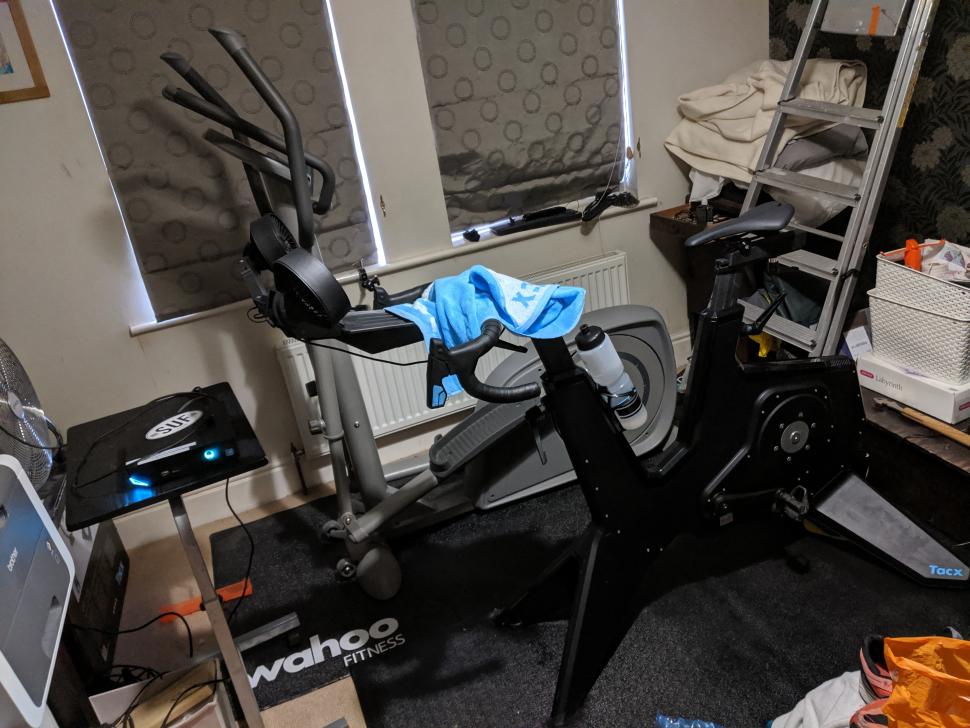
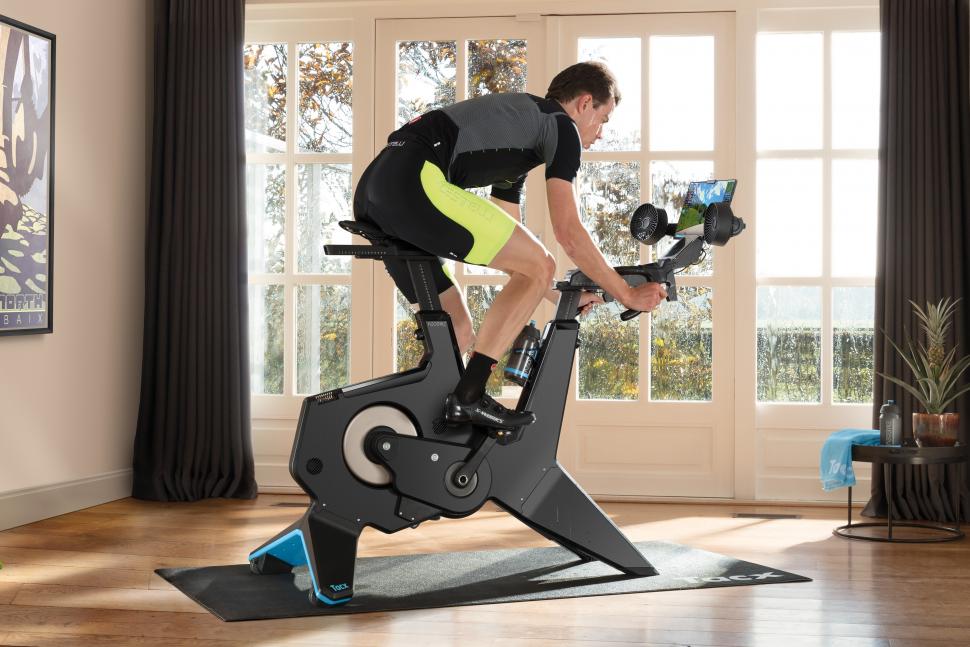
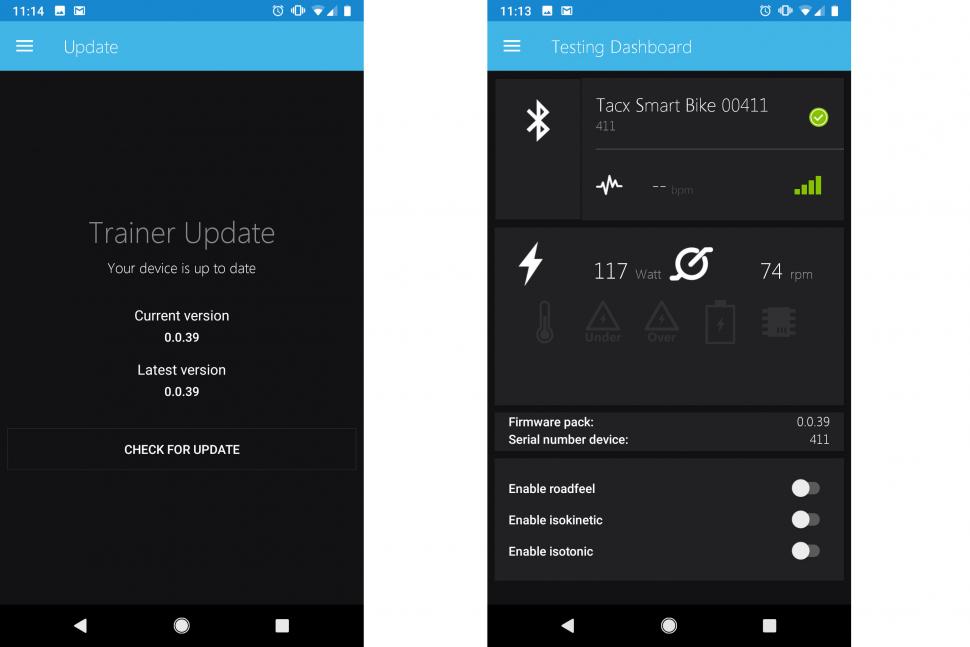
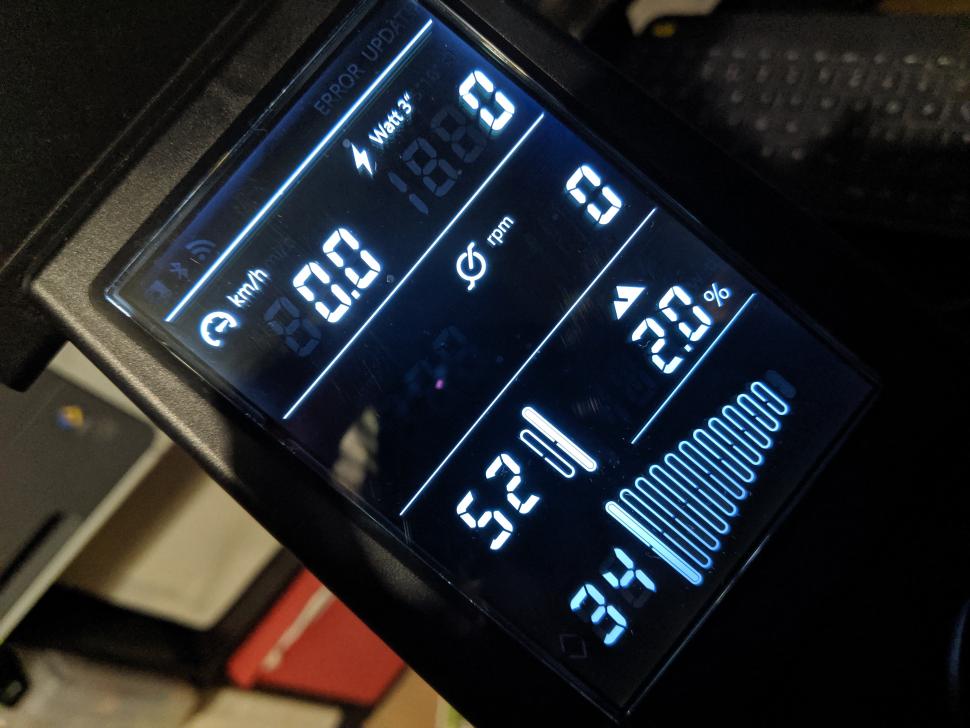

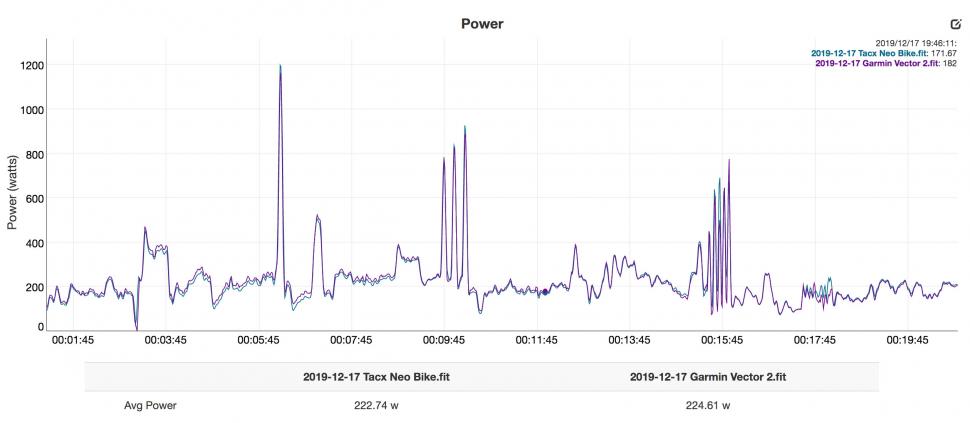
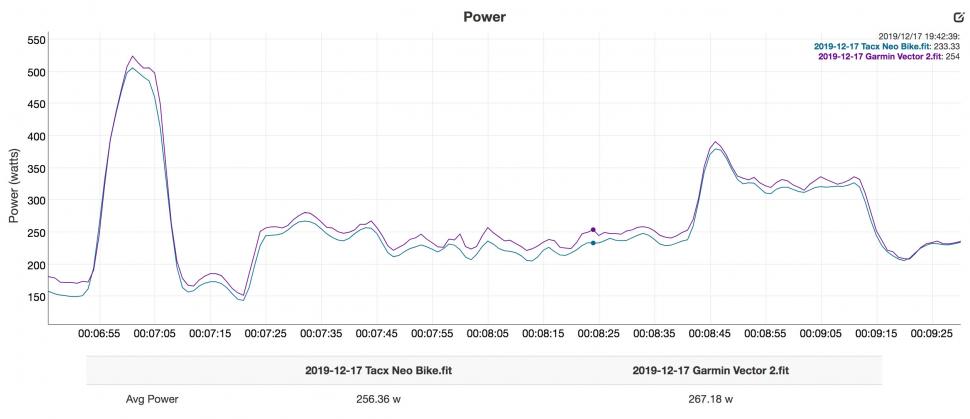

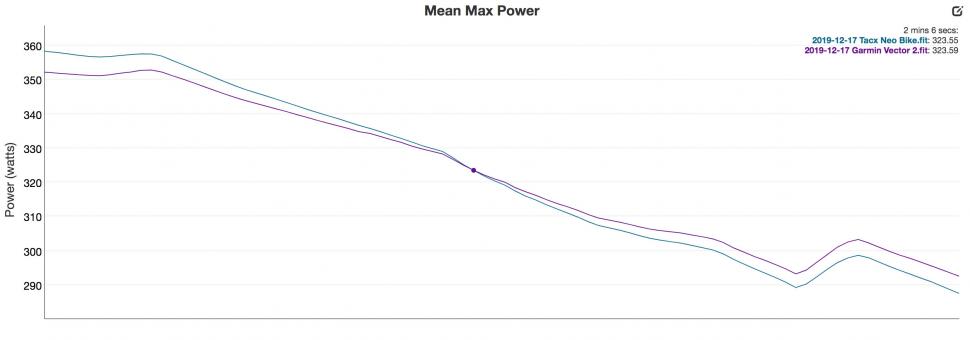

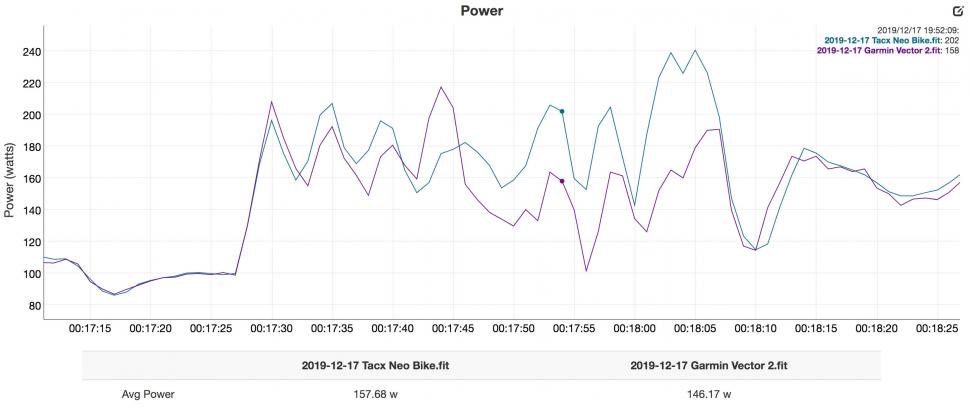
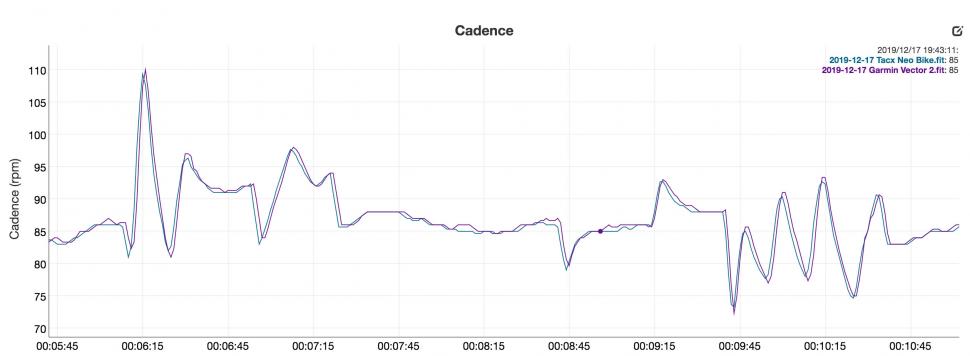
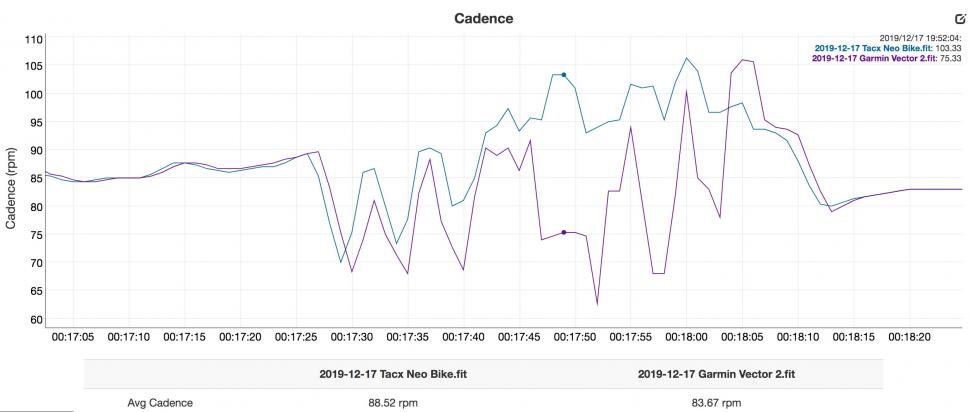
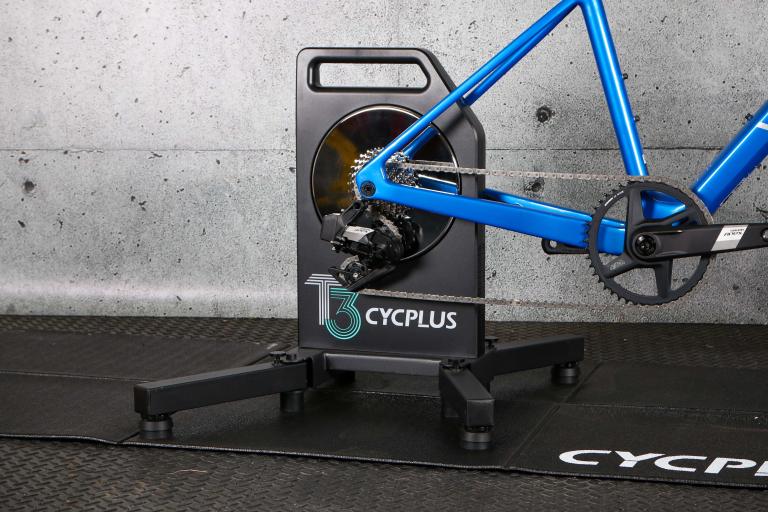
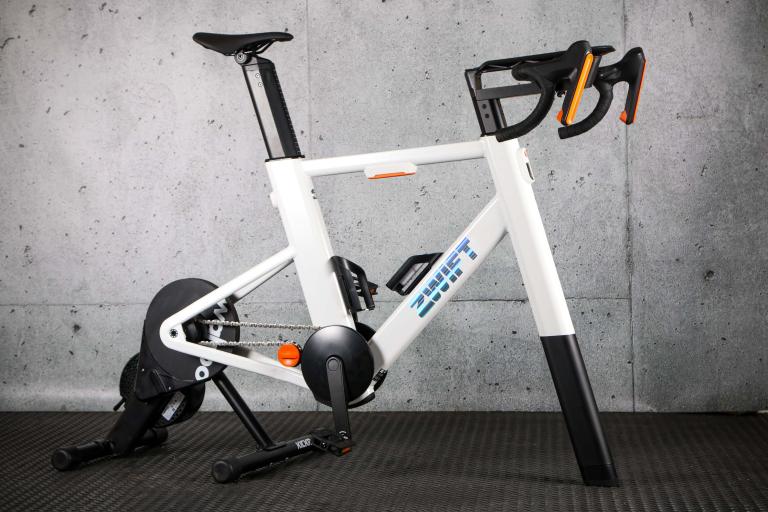

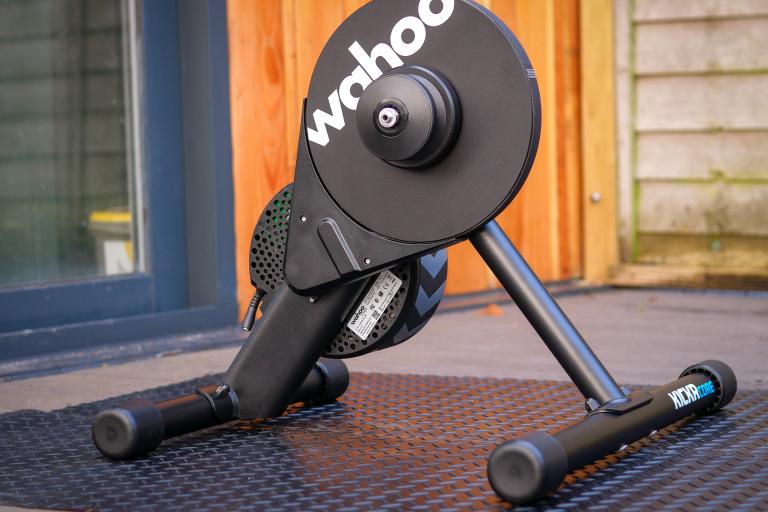
This map link seems close to the described crash location. A couple of cushions hiding in the dappled shadows....
Surely please get down on your knees, rappers rap about gats not cats and foil isn't made from oil and can hold your all told
The news from Exeter traders is to good today: Justine must furious with all the drivers not carrying anything causing all this traffic:...
Elderly man sentenced following serious crash in Ringwood...
Do two wrongs make a right?
What I find most amazing is that they didn't use this an opportunity to encourage drivers to check their vision and get an eye test. I was waiting...
Cyclists have been riding in Bister for about 150 years, and now all of a sudden they are a great danger to pedestrians.
I didn't remove the sound because I didn't think that it mattered - quite clearly the swearing was in reaction to an act of frankly horrid...
Know how the limiter screws on your derailleur work and use the right ones to keep chain on a manageable cog at the back and/or chainring at the...
Story one: "Here is all the deals at 50% off."...